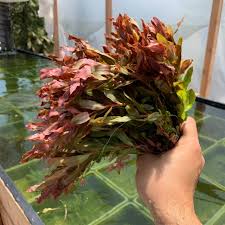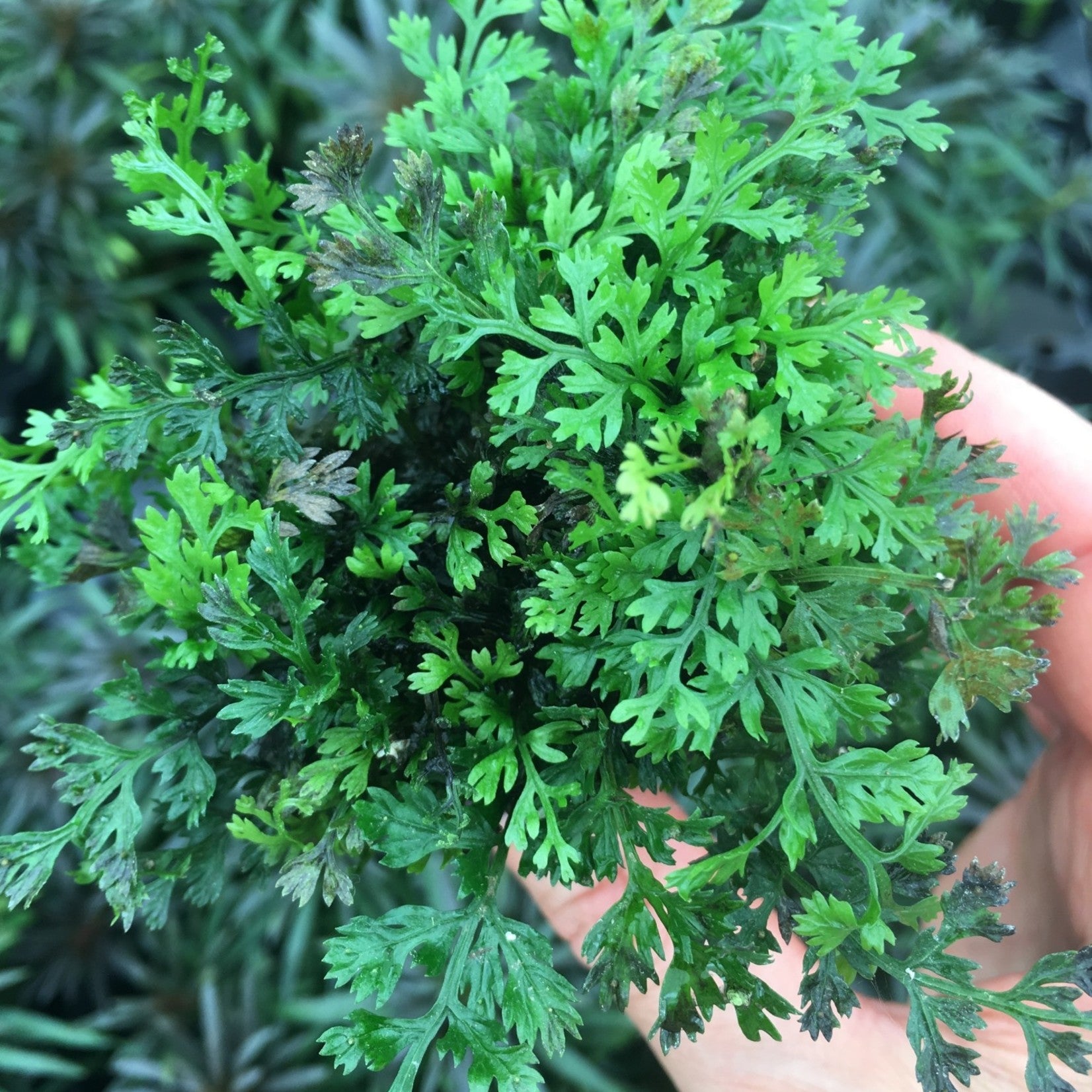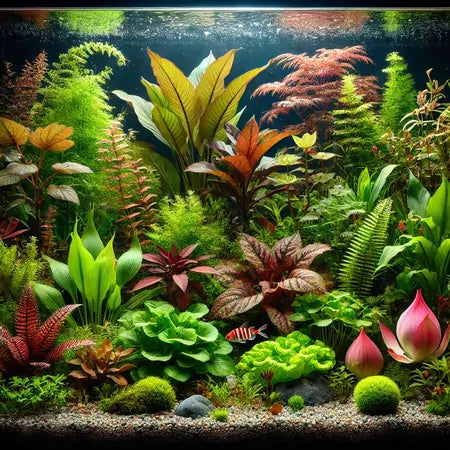Trending searches
$0

Rare aquarium plants can be difficult to find, but they can add a unique touch to your collection. These plants are not commonly available in regular pet stores but can be sourced from specialized aquarium shops, online vendors, or through trading with other hobbyists. When acquiring rare aquarium plants, it is crucial to ensure they are healthy and free from pests to prevent any potential issues in your tank.
Rare aquarium plants can add uniqueness and beauty to your aquarium. They can create a fascinating underwater landscape, different from what you typically see in aquariums. Besides aesthetics, rare plants can also provide a habitat for small aquatic creatures and offer environmental benefits like oxygenation and water filtration. Having rare aquarium plants can make your collection stand out and be a conversation starter among fellow aquarists.
Researching rare aquarium plant species is crucial to acquiring them for your collection. Start by browsing specialized online forums where hobbyists share their experiences and trade or sell rare plants. Additionally, join social media groups dedicated to aquarium enthusiasts; they can provide valuable insights and connections to reputable sellers. Visiting local aquatic stores and attending aquarium expos are also great ways to discover and procure rare plant species for your collection.
When looking for rare aquarium plants, it’s essential to find trustworthy sources to ensure the plants are healthy and of good quality. You can start by checking online forums and social media groups dedicated to aquarium enthusiasts. These platforms often have recommendations for reliable sellers. Aquatic plant clubs are also a great resource, as members may have rare plants for sale or trade. Additionally, consider reaching out to local aquarium stores that specialize in unique plant varieties. Visiting aquascaping events and auctions can also connect you with reputable sellers who offer rare plants. Be sure to research each source thoroughly to safeguard your aquarium ecosystem.
When acquiring rare aquarium plants, it’s essential to consider various factors to ensure their health and success in your aquarium. Here are some key points to keep in mind:
To care for rare aquarium plants, ensure they have the right environment with proper lighting, temperature, and water conditions. Regularly prune the plants to maintain their health and appearance. Monitor for any signs of pests or diseases. Use specialized fertilizers and supplements to provide essential nutrients. Research the specific needs of each plant species to ensure they thrive in your aquarium.
To create an ideal environment for rare aquarium plants, you must pay attention to factors like lighting, water quality, and substrate. Here are some key points to consider:
When introducing rare aquarium plants into your tank, acclimating them properly is crucial for their survival. Follow these steps to ensure a smooth transition:
Successfully acclimating rare aquarium plants will help them thrive in your collection for years to come.
If your rare aquarium plants are not thriving as expected, it could be due to several common issues. Here are some troubleshooting tips to help you address these problems: inadequate lighting, nutrient deficiencies, improper water parameters, pest infestations, and incorrect planting techniques. By identifying and resolving these issues promptly, you can ensure that your rare aquarium plants flourish in your collection.
Most aquarium enthusiasts obtain rare plants through online specialty stores, aquarium club exchanges, or auctions. Here’s a tip: join aquarium forums or Facebook groups dedicated to aquatic plants to connect with other hobbyists who may be willing to trade or sell rare specimens. Remember to always research the plants’ care requirements before adding them to your tank to ensure they thrive in your aquarium setup.



Check out our shop for a variety of fresh, farm-grown plants! Find the perfect options to enhance your aquarium today.
!